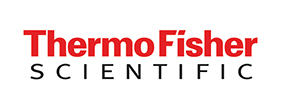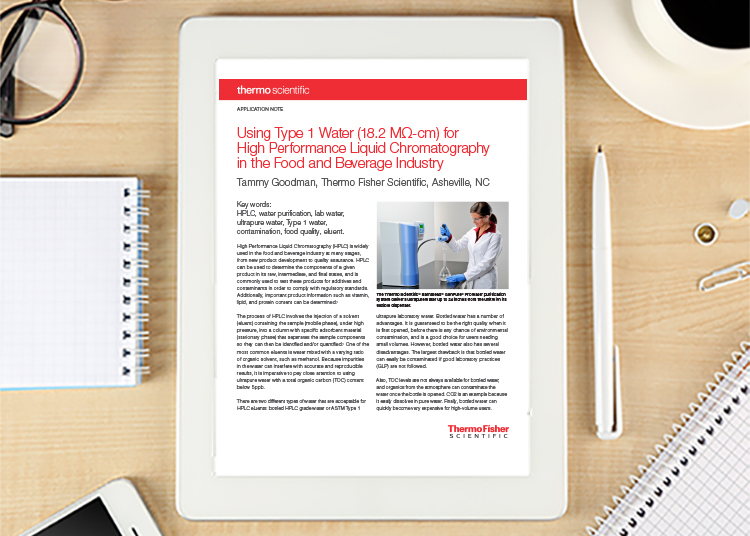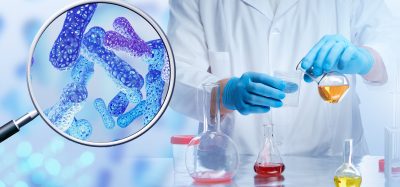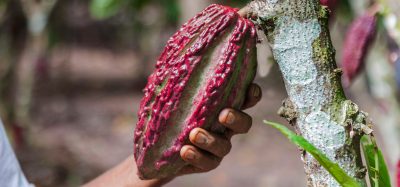Application Note: Using Type 1 Water (18.2 MΩ-cm) for High Performance Liquid Chromatography in the Food and Beverage Industry
- Like
- Digg
- Del
- Tumblr
- VKontakte
- Flattr
- Buffer
- Love This
- Odnoklassniki
- Meneame
- Blogger
- Amazon
- Yahoo Mail
- Gmail
- AOL
- Newsvine
- HackerNews
- Evernote
- MySpace
- Mail.ru
- Viadeo
- Line
- Comments
- Yummly
- SMS
- Viber
- Telegram
- Subscribe
- Skype
- Facebook Messenger
- Kakao
- LiveJournal
- Yammer
- Edgar
- Fintel
- Mix
- Instapaper
- Copy Link
Posted: 6 August 2021 | Thermo Fisher Scientific | No comments yet
The Thermo ScientificTM BarnsteadTM GenPureTM; Pro water purification system delivers ultrapure water up to 24 inches from the unit with its flexible dispenser
High Performance Liquid Chromatography (HPLC) is widely used in the food and beverage industry at many stages, from new product development to quality assurance. HPLC can be used to determine the components of a given product in its raw, intermediate, and final states, and is commonly used to test these products for additives and contaminants in order to comply with regulatory standards.
Additionally, important product information such as vitamin, lipid, and protein content can be determined.1
The process of HPLC involves the injection of a solvent (eluent) containing the sample (mobile phase), under high pressure, into a column with specific adsorbent material (stationary phase) that separates the sample components so they can then be identified and/or quantified.1 One of the most common eluents is water mixed with a varying ratio of organic solvent, such as methanol. Because impurities in the water can interfere with accurate and reproducible results, it is imperative to pay close attention to using ultrapure water with a total organic carbon (TOC) content below 5ppb.
Related content from this organisation
Related topics
Contaminants, Food Safety, Lab techniques, Quality analysis & quality control (QA/QC), Water









